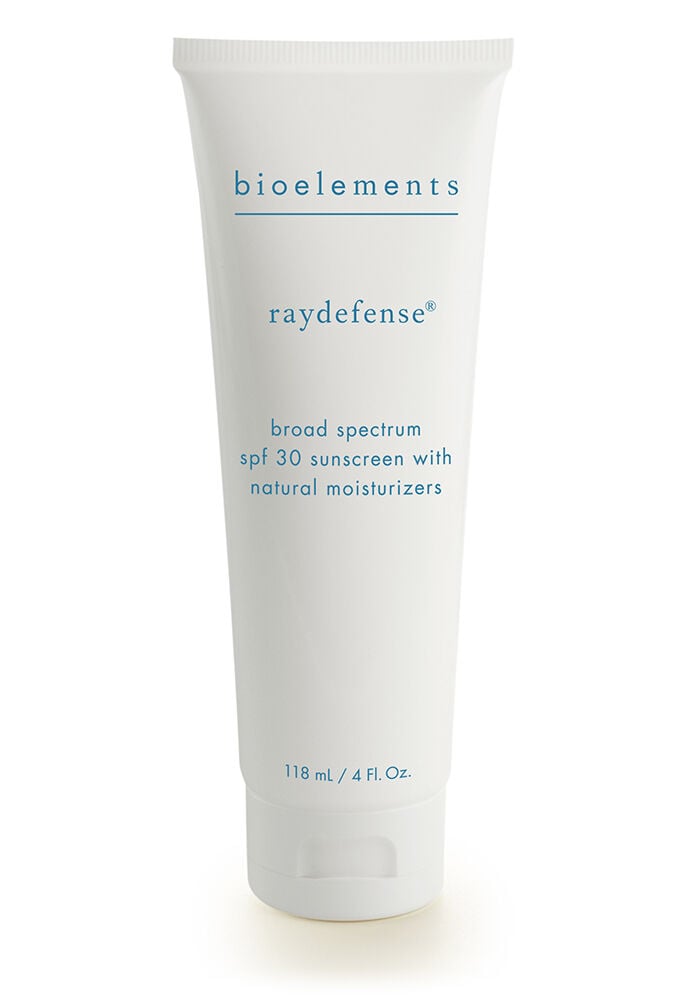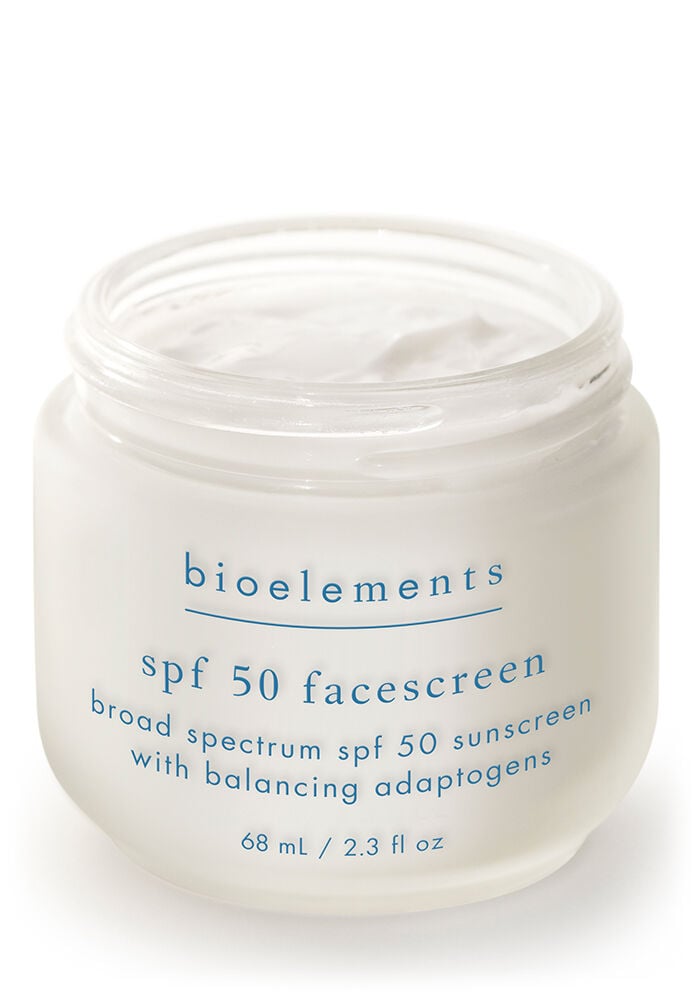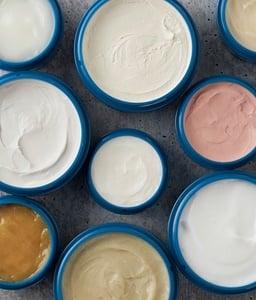
Are your clients in denial about what happens to skin when it encounters sun damage? The redness, the pain, the peeling, sunburn blisters - they may think it’s just a few days of discomfort and that a sunburn treatment should do the trick, but this is not the case.
The truth is a person’s risk for melanoma – the most serious form of skin cancer – doubles if she or he has had five or more sunburns in their life (1). Keep reading to take a closer look at what happens to the skin when it burns, and why clients should always wear a broad spectrum sunscreen.
What is a sunburn?
A sunburn is the skin’s response to extreme UV damage. Any tan or color on the skin is also a response to UV exposure.
There is no such thing as a “base tan” – any color is a sign of damage. The redness associated with sunburns is caused by extra blood in the capillaries – if you press on sunburned skin it will turn white and then return to red as the capillaries refill.
Any tan or redness is a clear sign that UV radiation (from the natural sun or artificial sun from a tanning bed) has damaged the genetic material (DNA) in your skin cells. It isn’t only severe sunburns that cause UV damage to the skin. Any damage can lead to skin cancer, which is the most common type of cancer in the United States.
Sunburn symptoms and what they mean:
The signs and symptoms of a sunburn usually manifest as pain and are the body’s attempt to repair the damage caused by the burn (2). Sunburn peeling, sunburn blisters, and sunburn itch are all signs severe damage has occurred.
The peeling often associated with severe sunburns is the body’s way of getting rid of the damaged cells. This is necessary because sun damaged cells are at risk of becoming cancerous. Even though new layers of skin form, some damage remains, and there can be an increased risk of skin cancer (2).
Not only does this greatly increase the risk for deadly melanoma, but this leads to faster aging. UV damage is responsible for 90% of visible age signs (like wrinkles) that appear on the face.
What is sunburn poisoning?
Otherwise known as sun sick or sun poisoning, sunburn poisoning is when the sunburn is so severe that following symptoms occur:
- Extreme blistering or peeling
- Dizziness
- Fever
- Intense pain and tingling
- Chills
- Nausea or vomiting
- Swelling
- Headaches
If you or a client experiences these symptoms, seek medical attention immediately.
A sunburn vs. a hot object burn
Sunburns are caused by the sun’s UV rays – which do not feel warm. (That’s why you can get a sunburn on a cool, cloudy day!) When a hot object is touched (like a hot stove), skin can become red and painful, but there’s no DNA damage done to cells, as it is with sunburns. Only sunburns can have lasting effects on the body.
How to get rid of a sunburn
Although there are many blog posts about treating sunburns filled with so-called “sunburn remedies”, there is no way to undo the underlying damage. If a client has a sunburn, you can ease their pain and help skin heal quicker by properly hydrating both inside and outside, but their risk for cancer and age signs don’t diminish along with the sunburn symptoms.
The most important thing is to educate clients so they know to prevent the sunburn in the first place.
How to protect skin
The number one way to protect your skin from a sunburn is to wear a broad spectrum sunscreen every single day. Try recommending RayDefense or SPF 50 FaceScreen to avoid getting a sunburn at all costs. If a client is spending time outdoors, they should reapply your sunscreen every two hours.
Source 1: SkinCancer.org Source 2: sunsmart.org.uk. Photography: Shutterstock






